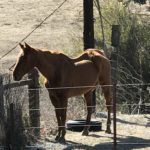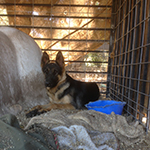Dear Senator Strickland,
Please we need your help immediatly.
Bobcat furs coats have become a hot item among the fashion conscious in Russia, China, Italy and Greece, leading to a big jump in prices and exports for the soft, spotted pelts. The fur’s booming popularity has some wildlife advocates worried about the possible over trapping […]




